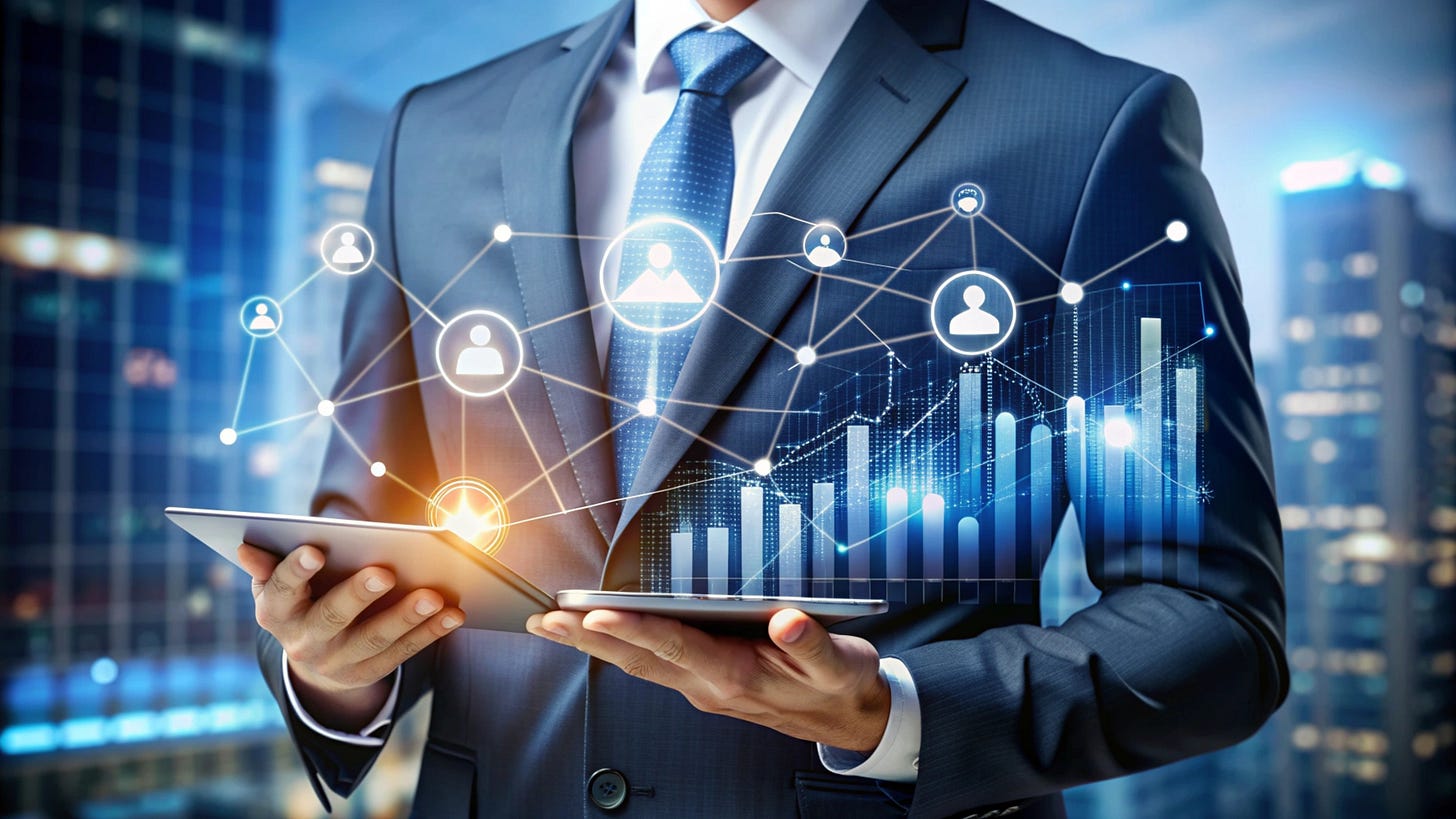Self-Optimizing Systems. AI Driven Hyper personalization. Generative Adversarial Networks
Guest article by Vikramsinh Ghatge
Picture this: a CIO lands on your website, casually browsing. Before they’ve even downloaded a whitepaper, AI has already mapped out their pain points, budget, and preferred tech stack.
By the time they see an ad or open an email, it doesn’t just feel relevant—it feels like it was written for them.
This isn’t a distant future. It’s happening right now.
The best B2B marketers aren’t just running campaigns anymore; they’re building intelligent systems that test, optimize, and personalize on autopilot. These self-optimizing machines remove bottlenecks, make decisions in real time, and turn static campaigns into dynamic growth engines.
In this article, we’ll explore three major shifts redefining B2B marketing:
Self-Optimizing Systems
AI-Driven Hyper-Personalization
The Future of Content Repurposing
Self-Optimizing Systems: Marketing on Autopilot
Imagine running a massive B2B campaign where every ad, email, and landing page tweaks itself in real time—like a marketer with superpowers.
That’s what today’s self-optimizing systems deliver. They test, learn, and evolve at breakneck speed, ensuring your marketing never goes stale.
Real-Time Multivariate Testing
Forget A/B testing two creatives. Modern MLOps platforms can run 1,400+ creative tests across 22+ channels simultaneously.
Example: If LinkedIn short videos suddenly get 23% more engagement in APAC mornings, the system instantly spins up dozens of new variations.
Key Components Under the Hood
Data Ingestion Mesh: Processes millions of signals per second from CRMs, analytics, and IoT sensors.
Evolutionary Creative Studio: Uses GANs to generate ad variations that learn from past successes.
Allocation Optimizer: Redistributes budgets every few minutes to maximize ROI.
Closed-Loop Learning: Retrains continuously, improving outcomes without exposing sensitive data.
Brands using these approaches have cut campaign refresh cycles from weeks to hours—boosting engagement and profitability.
AI-Driven Hyper-Personalization
Modern B2B buyers expect every touchpoint to feel tailor-made. With AI, that’s possible at scale.
Smart Customer Profiling
Neural networks now track 200+ behavioral signals in real time, from hover time on pricing pages to webinar watch duration. If a prospect lingers without converting, AI adjusts the next interaction—a discount, a case study, or peer validation—right when it’s most relevant.
Context-Aware Content Generation
NLG tools can craft multiple tailored versions of the same asset for different stakeholders.
Example: A cybersecurity pitch generates a CFO-focused cost-saving brief, a CTO-focused technical integration guide, and a compliance officer-focused regulatory note—all in the brand’s voice.
Predictive Journey Orchestration
Instead of static nurture flows, AI dynamically adjusts channels and timing. A disengaged CTO might stop getting emails and instead see LinkedIn Thought Leader Ads—minimizing waste and maximizing resonance.
AI-Powered Content Repurposing
Content no longer ends where it starts. AI turns every asset into a content ecosystem.
How GANs Transform Marketing Assets
Generative Adversarial Networks (GANs) act as creative engines, breaking down and reassembling content in multiple formats:
Webinars → podcasts, explainer videos, and interactive tools
Whitepapers → decision trees and visual infographics
Blog posts → bite-sized social content or even comic-style explainers
Case Study: Drift’s 890% ROI
By repurposing existing content with AI, Drift achieved:
45% higher engagement
32% more conversions
60% lower production costs
The Roadblocks
Data quality: AI needs clean inputs.
Brand consistency: Systems must be trained on your tone and style.
Transparency: Always disclose AI involvement to maintain trust.
What’s Next?
The horizon for AI-powered B2B marketing is expansive:
Next-gen GANs: Faster, more realistic, and more affordable.
Immersive formats: AR/VR-powered experiences.
Deeper personalization: Content tuned to individual behaviors, not just segments.
The takeaway? Marketing is no longer about campaigns—it’s about building self-learning ecosystems that adapt in real time.
The companies that master these tools won’t just keep up; they’ll dominate.


